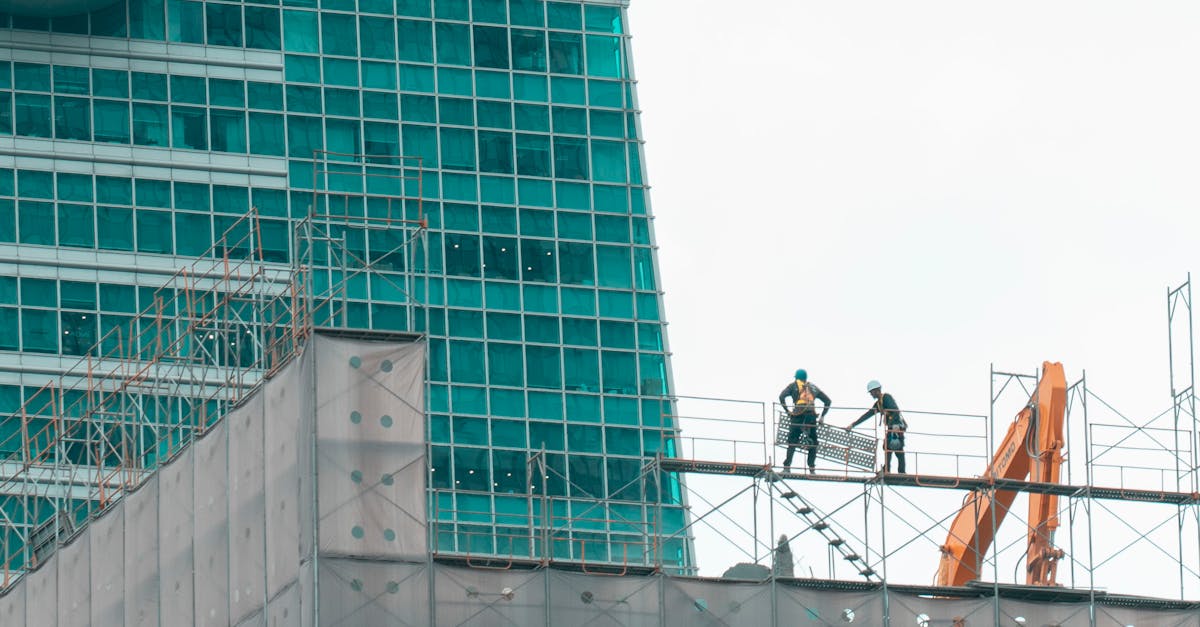
Installing a private elevator in your home can enhance convenience, accessibility, and overall property value. As of 2024, the demand for residential elevators is on the rise, with costs ranging significantly based on design and installation complexity. However, navigating through regulations and ensuring compliance with local codes can be daunting. This guide will provide essential insights into the process, helping you make informed decisions for your elevator project.

Private Elevator Installation: Guide, Costs, and Regulations
Installing a private elevator in your home is a valuable investment that enhances accessibility and adds convenience. However, it involves intricate planning and adherence to specific regulations to ensure your installation meets safety and functionality standards. This guide will provide you with crucial insights into the installation process, expected costs, and regulatory requirements.
Understanding the Need for a Private Elevator
Before embarking on an installation journey, it’s essential to comprehend why you need a private elevator. The decision often stems from a desire for convenience, mobility assistance, or simply enhancing the aesthetic value of your property.
Identifying Your Elevator’s Purpose
The initial step is to determine the primary function of your elevator:
- Residential Use: Suitable for multi-story homes to assist family members or guests.
- Accessibility Enhancements: Essential for individuals with mobility issues.
- Aesthetic Appeal: Elevators can add a luxurious touch to your home design.
Evaluating Available Space
Next, you need to assess the space available for installation. Consider the following elements:
- Shaft Area: Ensure there’s enough room for the elevator shaft without compromising structural integrity.
- Overhead Clearance: Ascertain sufficient headroom to accommodate the elevator mechanism.
- Machine Room Space: If necessary, allocate space for the equipment and controls.
Types of Elevators to Choose From
Your choice of elevator will largely depend on your requirements, the building design, and the expected traffic volume. The two primary options to consider are:
Hydraulic vs. Traction Elevators
Hydraulic elevators are often more cost-effective for low-rise buildings. They utilize fluid pressure to move the elevator car. Conversely, traction elevators are suitable for mid- to high-rise structures, relying on cables and pulleys for mobility. Keep in mind your building’s specifications when selecting the type.
ADA Compliance Standards
Ensuring compliance with the Americans with Disabilities Act (ADA) is crucial for accessibility. Consider features such as:
- Braille Buttons: For visually impaired users.
- Audio Signals: To assist users with hearing difficulties.
- Space for Wheelchair Accessibility: Ample room for mobility devices.
Estimating the Costs of Installation
Budgeting is a fundamental aspect of any elevator project. Understanding the costs involved is essential for effective planning.
Initial and Long-Term Costs
When considering costs, factor in both initial and long-term expenses:
- Initial Costs: These include the elevator unit itself, installation fees, and any required modifications to your building.
- Long-term Costs: Maintenance services, operational costs, and potential upgrades can accumulate expenses over time. Energy-efficient models may have higher up-front costs but can save you money in the long run.
Compliance and Necessary Permits
Another critical component of elevator installation is ensuring compliance with local building codes and safety regulations. This involves obtaining necessary permits and scheduling inspections.
Consulting with Professionals
It is advisable to engage professionals, including licensed elevator installers and architects. Their expertise will guide you through the complicated process of compliance and building codes.
Permits and Inspections
Before work begins, you’ll need to secure the appropriate permits from your local authority. As construction progresses, it’s crucial to adhere to inspection schedules to maintain compliance throughout the installation process.
Planning for Future Maintenance
Once your elevator is installed, consider establishing a maintenance plan to prolong its lifespan and ensure safe operation.
Service Contracts
Set up a maintenance contract with a reliable service provider who can perform regular checks and repairs.
Emergency Procedures
Training your building staff on emergency procedures is equally important. Ensure that all necessary communication systems within the elevator are operational and that staff is prepared for any emergencies.
Considering Aesthetics and User Experience
Your elevator’s design should not only function well but also complement your building’s interior. Aesthetic considerations can significantly enhance user experiences.
Cab Design Customization
The elevator cab should reflect your style. Focus on elements such as materials, finishes, and lighting to create an inviting atmosphere.
Intuitive User Interfaces
The control panels should be user-friendly, allowing easy operation for all users, including those with disabilities. Consider including tactile advice on how to operate the system.
Cost Comparison and Timeline
| Type of Elevator | Estimated Cost | Installation Time (weeks) |
|---|---|---|
| Hydraulic | $30,000 – $50,000 | 4 – 6 |
| Traction | $40,000 – $70,000 | 6 – 8 |
| Custom Residential | $50,000 – $100,000 | 8 – 12 |
In conclusion, while the idea of adding a private elevator to your home may seem daunting, a well-planned approach can simplify the entire process. By accounting for every detail, from the installation costs and regulatory compliance to aesthetic considerations and maintenance, you can make informed decisions that benefit your property and its occupants for years to come.
In summary, privative elevator installation requires meticulous planning and consideration of various factors such as costs, building regulations, and user needs. From assessing your building’s requirements and selecting the appropriate elevator type to ensuring compliance with local codes and hiring skilled professionals, every step plays a critical role in achieving a successful installation. Regular maintenance and attention to design elements also enhance user satisfaction and safety.
Don’t navigate this complex process alone. Contact our specialists today for expert guidance on privative elevator installation and experience a seamless project from start to finish.









